Peppermint: Major Pests and Diseases
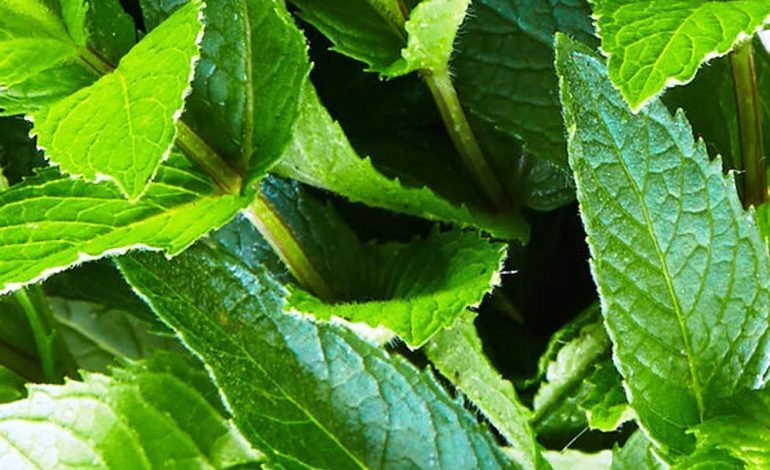
Hello farmers! We continue with the aromatic plants. After identifying the main pests and diseases of rosemary, we have to focus on another of the best-known aromatic plants: peppermint.
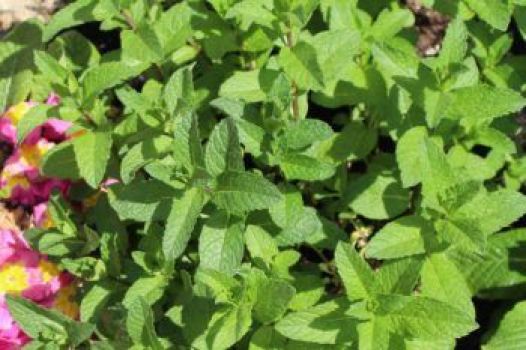
How is peppermint?
Its scientific name is Mentha spicata. As a curiosity, spica in Latin means «spear» and is named for the lanceolate shape of its leaves. In addition, on the underside the leaves have small hairs. The plant reaches an approximate height of 30 centimeters.
As you know, the main characteristic of mint is its smell. For this reason, it is very present in the world of perfumery (soaps, colognes,…) and gastronomy (in salads, sauces, drinks,…). In addition, it has medicinal uses among which the following stand out:
- Improves digestion.
- Soothes headaches.
- Reduces colds and flu.
- Prevent bad breath.
- Soothe irritated skin.
It can be said that peppermint is good for everything!
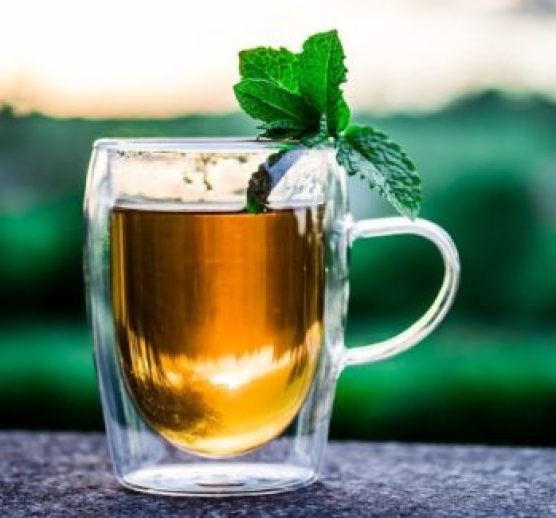
How to grow peppermint
Among the main conditions that peppermint needs to grow strong and healthy are:
- It needs plenty of sunlight.
- It requires abundant watering, so you should not forget about watering. However, special attention must be paid to ensuring that the plant is not flooded, otherwise the roots may rot.
- The ideal temperatures for its growth are between 15 and 30ºC.
- Although the leaves are perennial (they are present all year round), the driest shoots will have to be pulled out.
- It is a very invasive plant, that is, it can easily occupy a lot of space.
In addition, these types of plants can be kept both in gardens and in pots, so not having too much space will not be an excuse this time.
peppermint pests
Whitefly on peppermint leaves
Whiteflies are generally located on the underside of leaves. What these small insects like the most is tomato, cabbage and cucurbits such as pumpkin, zucchini or melon. They like humidity and high temperatures, so they are a frequent pest in spring and summer (and very dangerous in greenhouses).
The main damages they cause to crops are:
- Extraction of sap from the plant.
- mechanical damage
- They produce molasses.
- Some species are disease vectors.
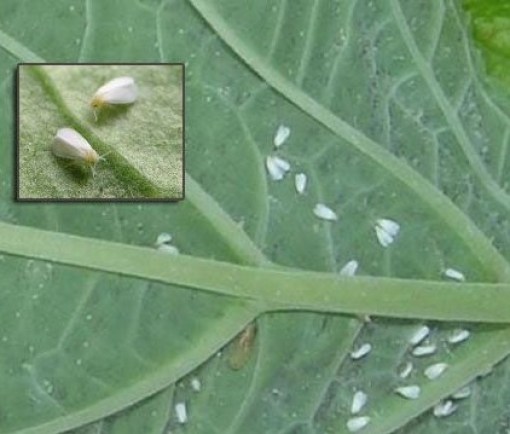
The best control method is prevention. Therefore, it is important that you check the underside of the leaves from time to time in order to act as soon as possible. In addition, there are various methods of whitefly control such as chromatic traps, natural predators, infusion of wormwood, garlic, etc.
aphids on mint
As we have seen on other occasions, aphids are everywhere. They attack the young shoots of crops with a high sugar content. The larvae cause damage by making galleries in the leaves of plants. As for adults, they feed by sucking sap from leaves, buds and young shoots using the stylet of their mouthparts.
In addition, they excrete a sticky, sugary liquid called honeydew that attracts ants (which is why many times where you see aphids, you will see ants).

Control measures:
- Prune the most affected shoots or remove aphids using a small brush.
- The main natural enemy of aphids is ladybugs. If you put ladybugs in your orchard or garden, they will keep aphids at bay!
- Pour soapy water over the aphids.
- Infusion of garlic or onion.
For more information, I recommend that you read the article on how to control aphids.
peppermint with caterpillars
The larvae of the Lepidoptera family (butterflies and moths) are known by the term caterpillar. The caterpillars are born from the eggs (they are usually yellow and elongated), then they will go through their pupa or chrysalis stage. And eventually they will turn into butterflies or moths.
Sometimes, we can find a caterpillar on our peppermint plants. I leave you an article where you can learn to identify what type of caterpillar it is and how to control it.
peppermint diseases
Fungi in peppermint: Rust
Rust is one of the most important fungi, along with powdery mildew. It needs mild temperatures and high humidity to thrive. It usually appears after long periods of heavy rain. It is very easy to identify it: you have to look if there are orange bumps on the underside of the leaves and small yellow spots on the upper side.
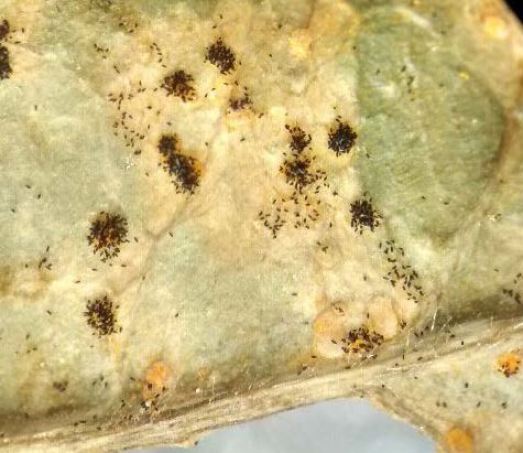
Lack of nutrients in plants
Sometimes our plant does not look good and the culprits are not pests, viruses or fungi. It may happen that there is a lack of some nutrient in the soil where it is found. The best way to detect a nutrient deficiency is in the leaves, as seen in the following photo:
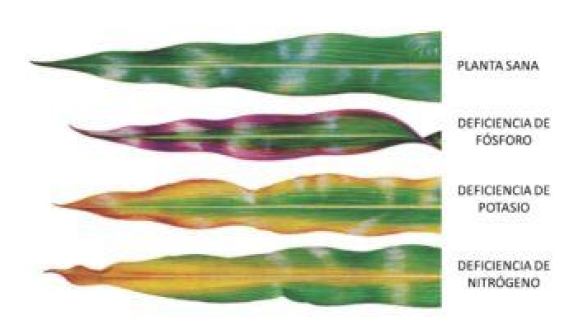
References
- P. Pushpangadan, S.K. Tewari. (2006). 28 – Peppermint. Editor(s): KV Peter, In Woodhead Publishing Series in Food Science, Technology and Nutrition,
Handbook of Herbs and Spices, Woodhead Publishing, 460-481. - Singh R, Shushni M, Belkheir A (2015). Antibacterial and antioxidant activities of Mentha piperita L., Arabian Journal of Chemistry, 8(3), 322-328.
- Schmidt MH, Lauer A, Purtauf T, Thies C, Schaefer M, Tscharntke T (2003).Relative importance of predators and parasitoids for cereal aphid control. Proceedings of the Royal Society B: Biological Sciences, 270, 1905–1909.
In other articles, we have already talked about useful aromatic plants for the garden and about those that we can cook. I hope you liked this one and see you in the next article!
Have a nice day

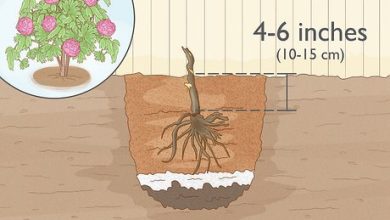
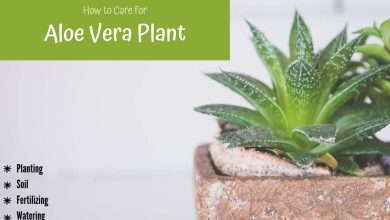
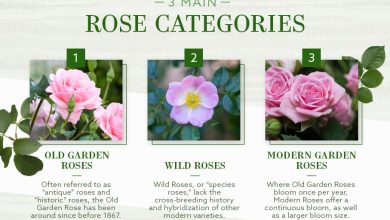
![Photo of Potassium in the Garden: [Use, Shortcomings, Advantages and Disadvantages]](https://www.complete-gardening.com/wp-content/uploads/2022/08/potassium-in-the-garden-use-shortcomings-advantages-and-disadvantages-390x220.jpg)